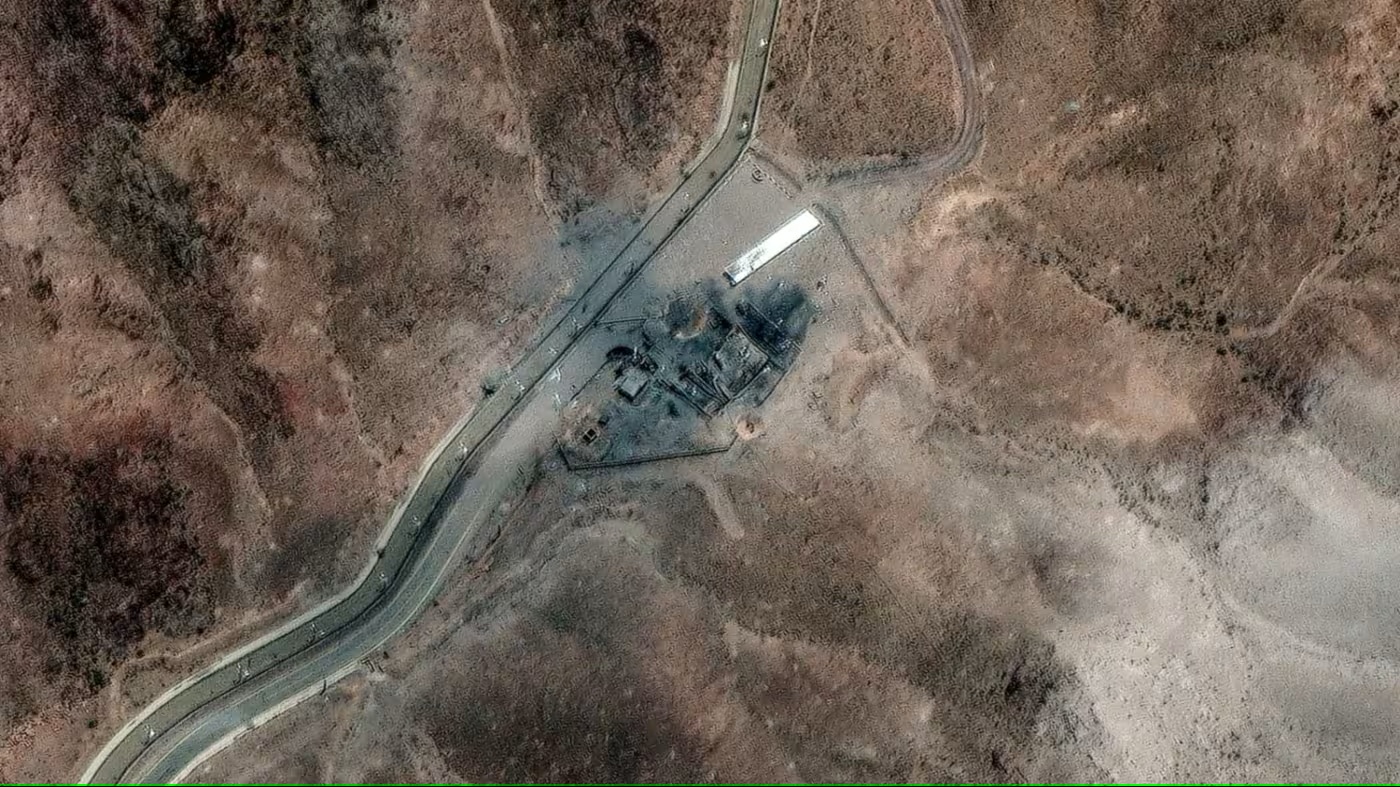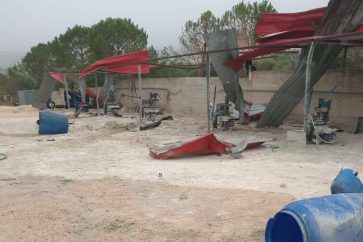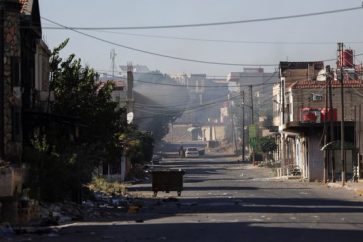Of the various capabilities Iran would need to become a military nuclear power, some were severely damaged during Israeli and American strikes this month, while others were left untouched, a New York Times analysis published on Friday found.
The report said that Iran’s nuclear expertise was likely harmed, considering the 12-day Israeli aggression which saw the assassination of at least 14 of Tehran’s leading nuclear scientists.
However, The Times assessed that there is another tier of scientists still alive who possess much of the requisite knowledge and who will be able to continue their predecessors’ work.
In terms of Iran’s ability to mine uranium, which is an essential element for developing a nuclear weapon, The Times said Iran’s two uranium mines were not targeted during the aerial campaign and that Tehran’s mining capabilities therefore remain intact.
However, Iran’s ability to convert uranium to gas was possibly destroyed, according to The Times, as the only facility in Iran that performs such conversions, in Isfahan, suffered major damage from the US strike early on Sunday. The Times assessed that it could take years to rebuild such infrastructure.

The Islamic Republic’s ability to enrich uranium was damaged, but it is unclear to what extent. Enriching uranium requires high-speed centrifuges, the likes of which ‘Israel’ most likely destroyed entirely at the nuclear facility in Natanz.
At Fordo, IAEA Director Rafael Grossi said the underground facility appeared no longer operational after US bunker buster strikes. US President Donald Trump said it was “obliterated.”
However, there have been more conservative assessments, and Iran has made unsubstantiated claims that it has secret enrichment facilities in other locations. The Times reported that Iran has been building two additional underground facilities for advanced, next-generation centrifuges.
Moreover, The Times assessed that Iran’s ability to store enriched uranium remains intact, with most of Iran’s estimated stockpile of some 400 kilograms (900 pounds) of nearly bomb-grade uranium likely moved before its facilities were bombed, according to one preliminary classified US intelligence report.
Source: The New York Times




